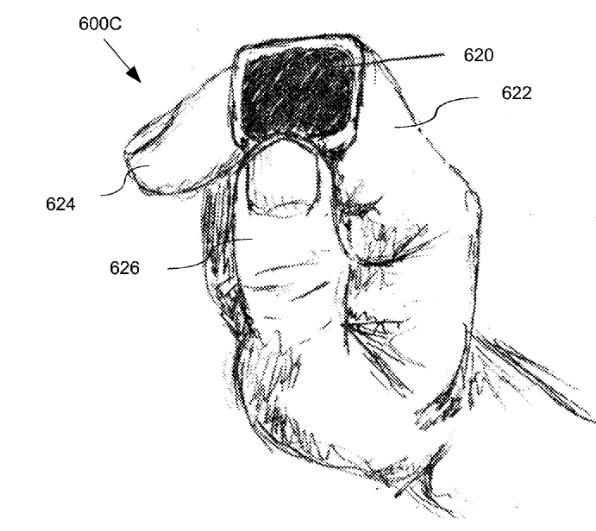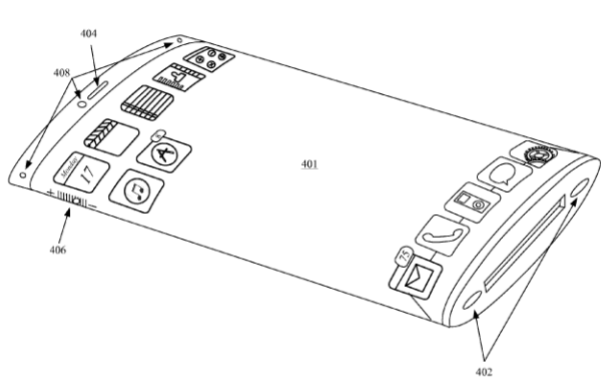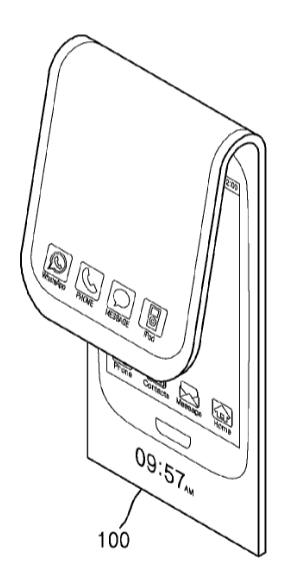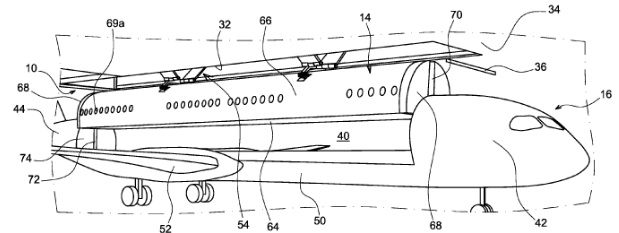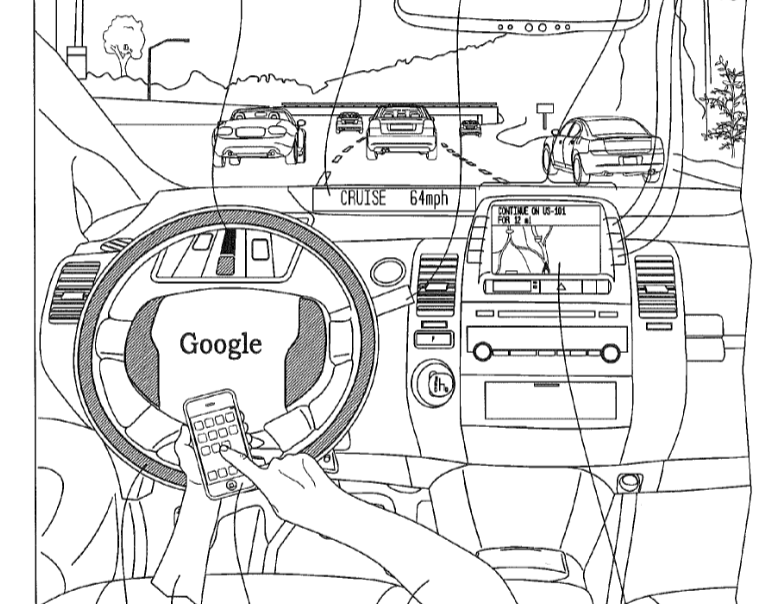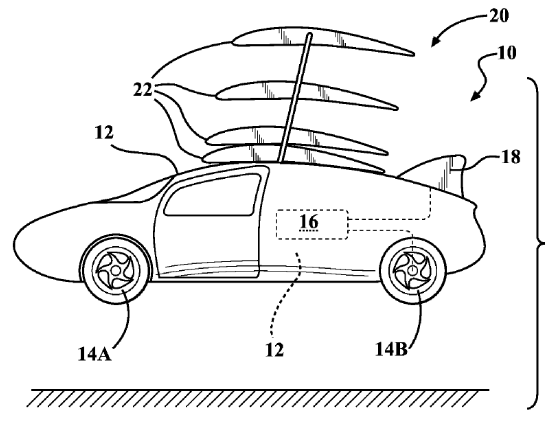Using Patents to Envision the Future of Technology
Posted on Dec 23, 2015 in Articles
This article originally appeared in The Legal Intelligencer on December 23, 2015.
What new ideas and innovations will be seen in the near future? How will technology be affecting our lives in the months ahead? To answer these questions, technologists often study recently granted patents and published patent applications in order to predict how innovation will influence the future.
Research and development is a critical investment in a company’s future. The technology that results from such pursuits is what companies rely upon to achieve profitability. Those ideas, however, if not safeguarded, can be stolen by competitors. Without protection, recouping the expenditure that was used to pursue new technology may be difficult, if not impossible. Therefore, companies file patent applications to safeguard the fruits of their extensive investment—both time and money.
Companies sometimes file numerous patent applications on ideas and concepts that they have developed. Only a handful of those patent applications will result in issued patents that cover technology that has been incorporated into products that are actually commercialized.
There are many reasons why companies file patent applications on inventions that will never be commercialized.
First, when new innovations are created, companies often do not have a complete understanding of that new idea’s commercial value. The actual value of an idea may not be apparent until years after it has been discovered. Therefore, companies often feel compelled to file patent applications based on the possibility that the newly invented technology can be monetized. Companies often believe that it is better to invest in the cost of seeking patent protection than to risk forfeiting any potential future value of that technology.
Second, even though an innovation may not be used in a company’s commercialized product, unless protected, that idea may eventually appear in a competitor’s product. Therefore, companies may choose to seek patent protection for their idea in order to prevent competitors from selling products with features that would provide a competitive edge. With patent in hand, a competitor could be asked to pay a licensing fee to continue selling the patented product. Upon refusing to cooperate, the competitor could be subjected to a civil action for infringement. The results of this civil action may force the competitor to be enjoined from continuing to sell the infringing product, pay monetary damages to the patent holder, and in some cases require the competitor to pay the patent holder’s legal fees for pursuing the civil action.
Third, an issued patent might come in handy in any litigation, regardless of whether or not a company has included the patent’s features in a commercial product. For example, the patent might be a useful asset in a cross-licensing arrangement employed to settle a patent infringement action.
The wealth of published patent applications and granted patents serve the additional function of providing a virtual gold mine of information that may be a window into the future of innovation. Studying issued patents and published applications may offer clues about new technology that will soon be available to the public.
Computer database searches can be employed to find a number of patents and applications that recently became available. A few of the more interesting examples are provided below and may indicate new technology that will be available in 2016:
1. RING COMPUTING DEVICE (U.S. Application 2015/0277559)
Various companies are now selling a wristwatch-like device that in many ways behaves like a smartphone. Apple, for example, distributes the Apple Watch that performs some of the functions of an iPhone. So, why not provide a ring that can also mimic some of the functionality of a smartphone? Apple has filed a patent application for a ring that is worn on a person’s finger and that includes a computer processor, a touchscreen, a wireless transceiver and a rechargeable power source.
2. WRAP-AROUND SMARTPHONE (U.S. Patent 9,146,590)
Smartphones have become as ubiquitous as their flat screens allowing input of data and display of information. The screen, however, does not necessarily need to be flat. Apple has patented a smartphone with a “wrap-around display” that has a curved surface and offers advantages over flat-screen technology. One such advantage is the ability to enter data and see images up to the edge of the device. In addition, the form factor of the phone is unusual and it might have cosmetic (and hence commercial) appeal. Speculation on the appearance of the next iPhone has been intense. Perhaps this patent provides an inkling of how a future smartphone will appear.
3. BENDABLE SMARTPHONE (U.S. Application 2015/0338888)
Recent advances in display technology have led to the ability to create a foldable display screen. The glass substrate that is found, for example, in flat-screen televisions has been replaced with a flexible film. The film may be used in combination with various display technologies, including LCD and LED. The resulting display unit can be used to make a smartphone. The phone includes internal position sensors that detect folding of the phone. A microprocessor varies the screen configurations so that images are displayed based on how the phone is folded. In an optional configuration, small cameras within the phone use image processing to determine which part of a folded phone is being looked at by a user; only the part of the display that is facing the user is activated.
4. RECONFIGURABLE AIRPLANE (U.S. Patent 9,193,460)
How people dread standing in line and waiting to board an airplane. The airlines dislike the process as well—while the airplane is waiting at the gate for passengers board, the airlines are not making any money. Airbus has a solution. It has designed an airplane with a detachable passenger compartment. Passengers may enter the passenger compartment at will while it is separated from the plane. When the plane arrives at the gate, the passenger compartment is lifted and inserted into the part of the plane that includes the cockpit, engines and wings. The design also allows passenger compartments to be created with varying configurations. If a change in configuration is desired, one passenger compartment can be lifted off of the airplane and another passenger compartment can be inserted in its place.
5. SELF-DRIVING CARS (U.S. Patent 9,134,729)
Self-driving cars are now on public streets, and they are being put through their paces to see if they are safe. In the meantime, Google has filed a number of patent applications to protect its self-driving car technology. For example, one recent patent provides the driver with visual displays when the car is transitioning from driver control to self-driving. An optional safety mechanism prevents the car from returning to driver control if the steering wheel is accidently bumped (while, for example, making a call on a cellphone).
6. FLYING CARS (U.S. Application 2015/0246720)
This patent application, of all the patent references described in this article, is probably the least likely to be implemented in the near future. Several wings are stacked on a car’s roof and can be elevated so that the car can fly. A lower surface of each wing can “morph” between a shape that curves away from the top of the car (when stowed) to a shape that curves toward the car (when deployed).
Glimpse into the Future
No one knows whether the technology described in any of the above patents (or patent applications) will be incorporated into actual products. These patent documents, however, provide an interesting glimpse into what the future might hold. Also, at a minimum, it is interesting to see some of the ideas that are emerging from some of the world’s most innovative firms. Even if these concepts do not become reality, they are still fascinating to see.
– by Lawrence E. Ashery

